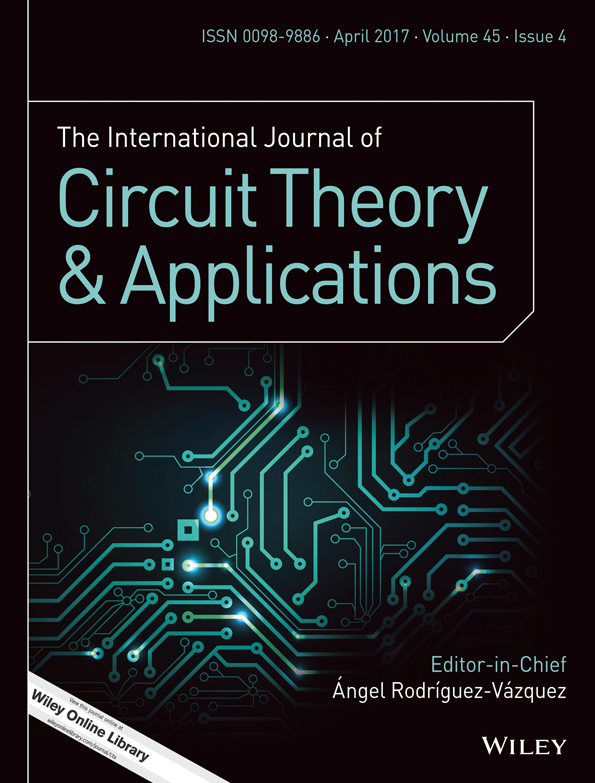Quasi-V2 hysteretic control boost DC–DC regulator with synthetic current ripple technique
Summary
Conventionally, a high accuracy operational amplifier (OPA)-based current sensor is used for sensing current message under a full load range, which increases the cost characteristic. Instead of a high accuracy OPA-based current sensor, this paper describes using a switching inductor quasi-V2 hysteretic control boost dc–dc regulator with a proposed current-sensing technique named emulated-ramp feedback (ERF), which can improve transfer efficiency under a full load range. Two control systems are presented in this paper. The first system, a hysteretic voltage control switching boost converter with ERF, achieves the hysteretic voltage control in a boost regulator and lowers the cost characteristic without using compensator. The second system, a quasi-V2 hysteretic voltage control switching boost converter with ERF, demonstrates the compatibility of ERF technique in rippled-based control boost converters. The regulator was implemented with TSMC 0.25-µm HV CMOS process. Experimental results show the second system can work under the specification of 5–12 V with a 0 to 300-mA load range. Additionally, this system attained a recovery time is 27/95 µs for step-up/step-down in a 100 to 300-mA continuous conduction mode load current, and a peak efficiency of 92.1% with a chip area of only 1.014 mm2. Copyright © 2016 John Wiley & Sons, Ltd.




